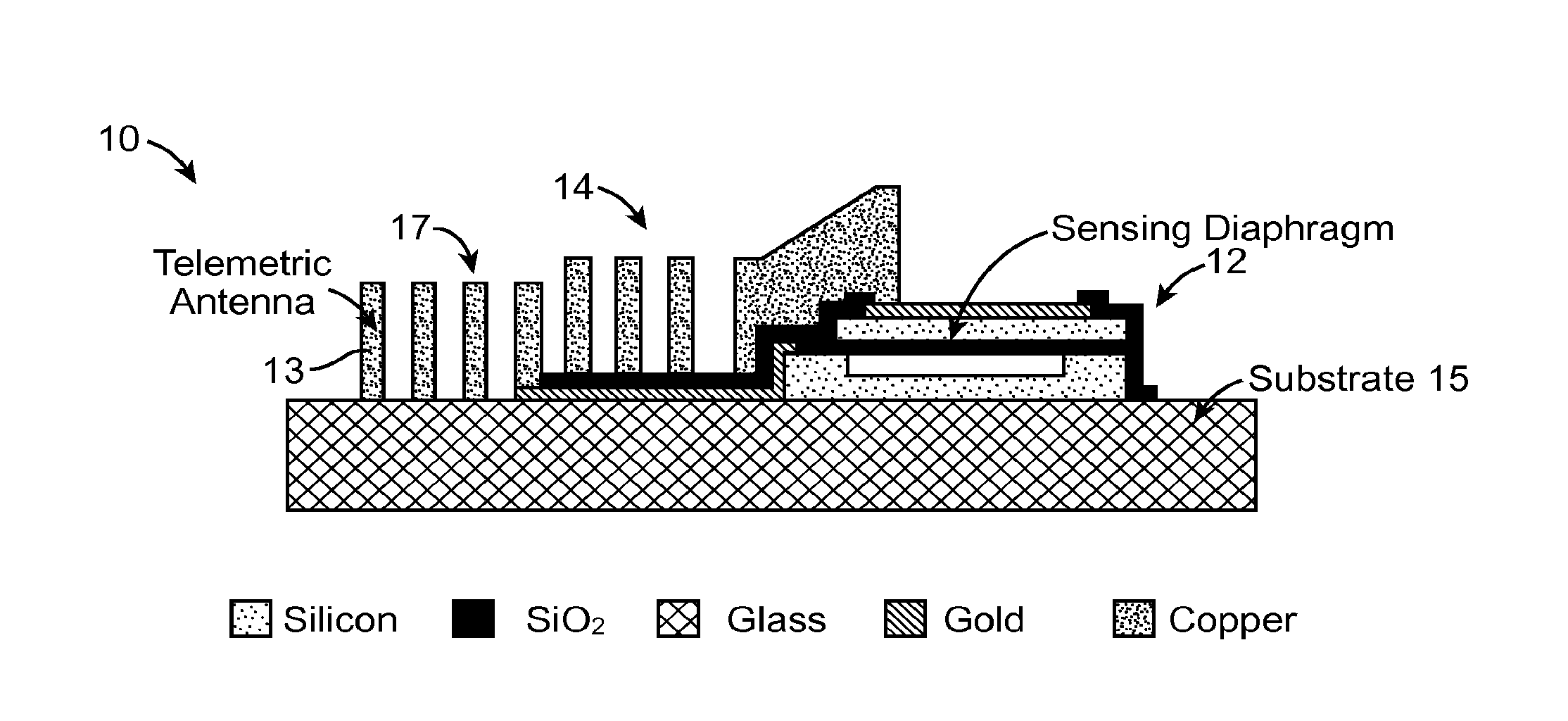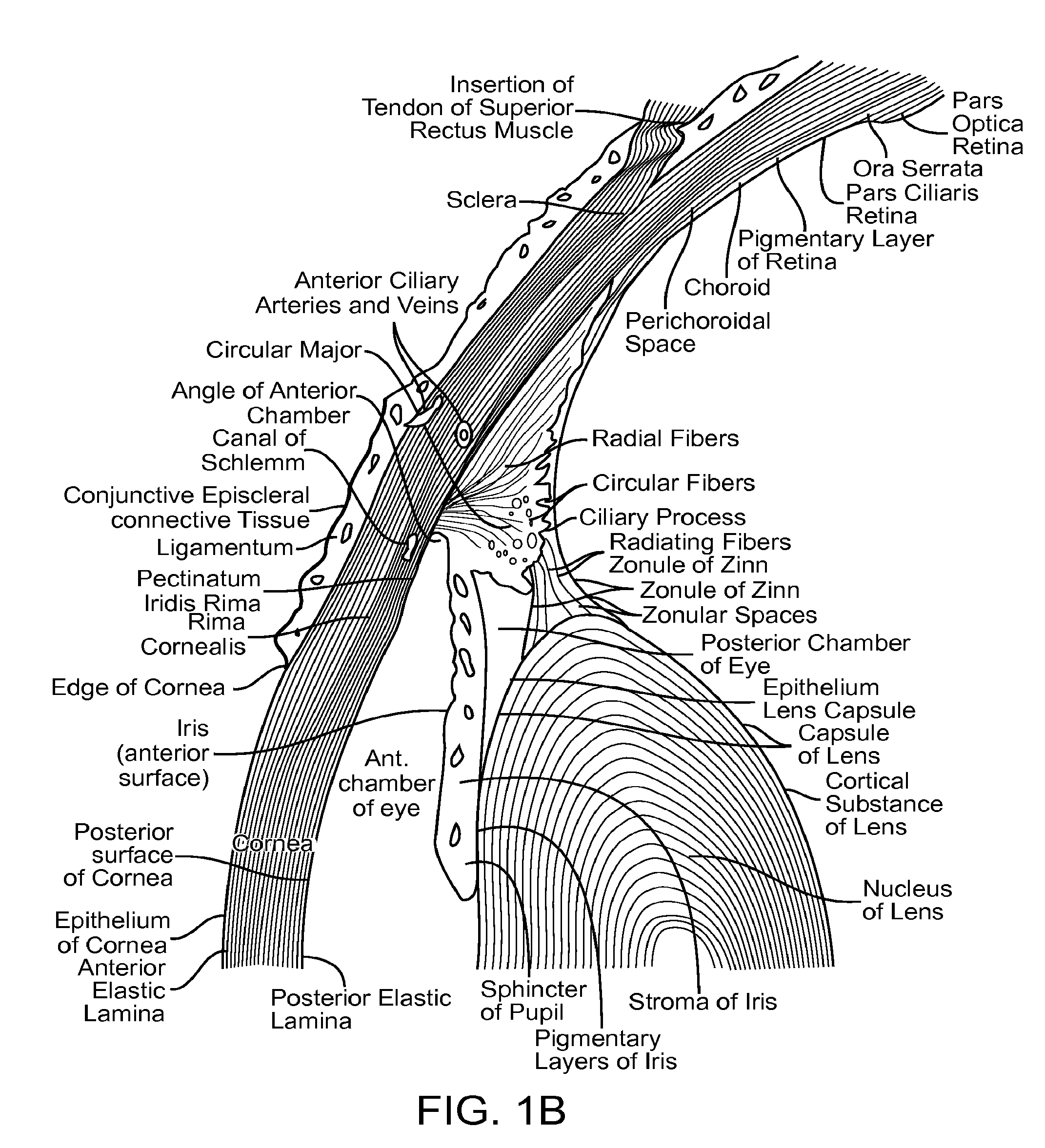Implantable ophthalmic MEMS sensor devices and methods for eye surgery
- Summary
- Abstract
- Description
- Claims
- Application Information
AI Technical Summary
Benefits of technology
Problems solved by technology
Method used
Image
Examples
Embodiment Construction
[0032]Embodiments described herein will have application to surgery to reduce intraocular pressure, for example with trabeculectomy and trabeculotomy. Although specific reference is trabeculectomy filtering surgery, there are new variations to this surgical procedure that can benefit in accordance with embodiments described herein. For example, the methods and apparatus described herein can be used with surgeries that involve forming a hole under the conjunctiva, a bleb, a scleral flap, and a channel communicating with the anterior chamber, such that aqueous fluid can drain from the anterior chamber, thereby lowering IOP. Also, the systems, methods and devices as described herein can be used as an adjunct with many surgeries such as retinal surgery and cataract surgery, and the implant can be positioned at many locations of the eye to directly measure IOP, for example one or more of intracorneal, anterior chamber, anterior segment, posterior chamber, posterior segment, vitreous and ...
PUM
 Login to View More
Login to View More Abstract
Description
Claims
Application Information
 Login to View More
Login to View More - R&D
- Intellectual Property
- Life Sciences
- Materials
- Tech Scout
- Unparalleled Data Quality
- Higher Quality Content
- 60% Fewer Hallucinations
Browse by: Latest US Patents, China's latest patents, Technical Efficacy Thesaurus, Application Domain, Technology Topic, Popular Technical Reports.
© 2025 PatSnap. All rights reserved.Legal|Privacy policy|Modern Slavery Act Transparency Statement|Sitemap|About US| Contact US: help@patsnap.com



